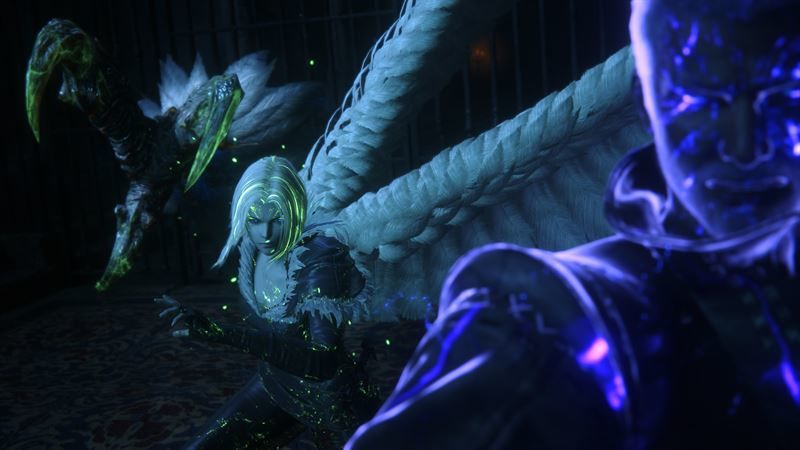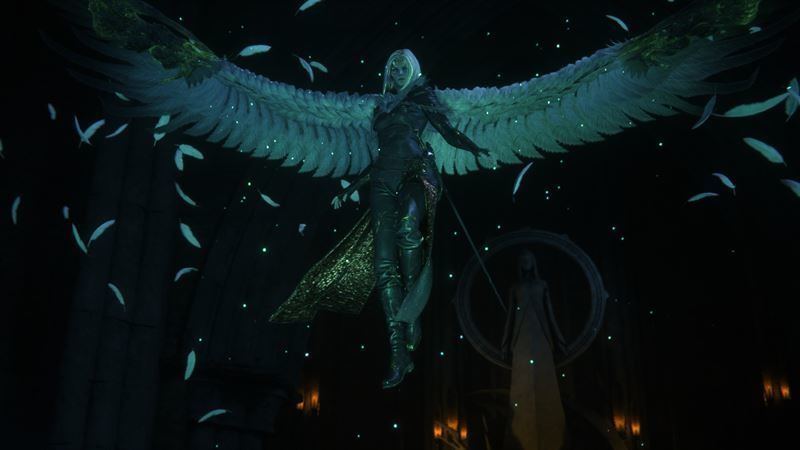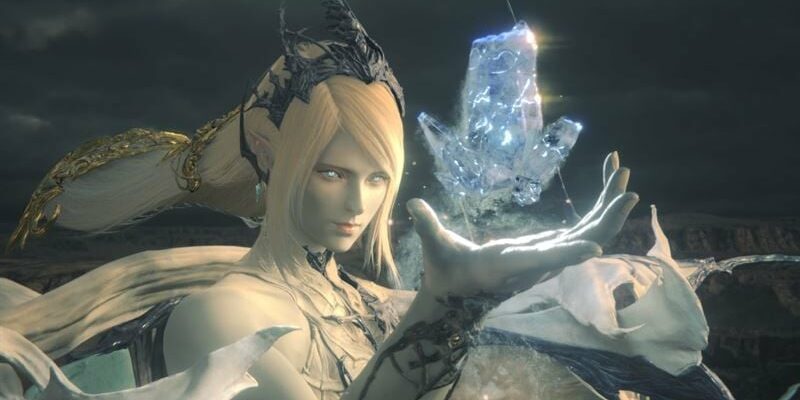Final Fantasy XVI review: Following a different path from the usual path of the series, Final Fantasy XVI was properly ported to the PC platform and presented to more players.
Final Fantasy XVI review: I have been following the Final Fantasy adventure, which started in 1987, since I bought the PS1 version of the 6th game, which accidentally came to the game dealer. As someone who has played all the non-Japan-exclusive spin-off series, as well as the online versions 11 and 14, I was one of those who eagerly awaited the 16th game. As a result, they seemed to have tried different things in this game and adopted a style that would appeal to western players.
Final Fantasy XVI Review / PC
Final Fantasy 16 has finally been released to PC players, more than a year after the PS5 version. When the game, which managed to be both praised and criticized on the PS5 platform, was released, it had a technically problematic performance that was not expected from Playstation 5. Let’s see how it performs with the PC version.
Story
Final Fantasy 16 offers us a brand new story in a different land. The game takes place in the land called Valisthea, we follow the kingdoms trying to dominate the power of crystals, people who have been turned into slaves because they have the ability to use magic, the chosen ones called Dominants who have the power of Eikon, and a great war revolving around them.
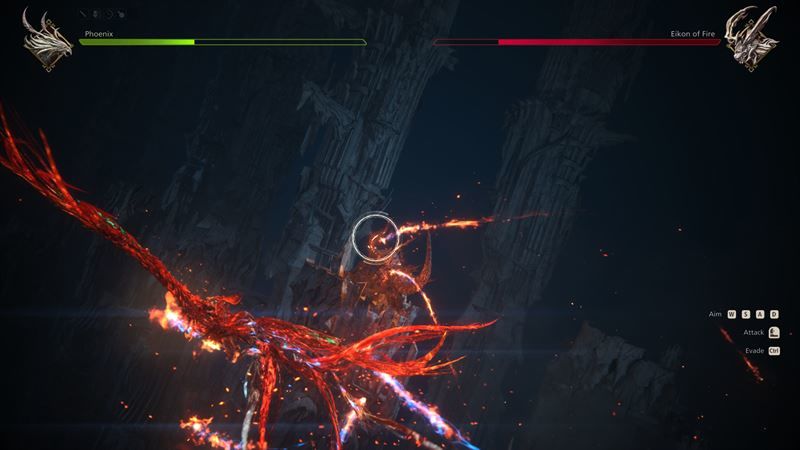
Our main character named Clive is a prince who was supposed to be chosen by Phoenix, the fire Eikon, but was rejected. As the sworn protector of our brother Joshua, chosen by the Phoenix, we are able to wield the power of the Phoenix and defend our brother at the cost of our lives. However, after the events that you can see in the demo of the game, the second fire that occurs kills our brother Eikon, our kingdom is invaded, and we become a warrior who fights by hiding his name under various groups.
In the game where we follow Clive’s story, darkness and seriousness predominate, unlike the Final Fantasy lands we are used to. The Final Fantasy series has always dealt with heavy and serious topics, but they usually do it with a different presentation. This time, they took Game of Thrones, which made a big impact in western countries, as an example, and we can see the effects of this throughout the entire game. For the first time, we have a Final Fantasy game in which even the character models and mouth movements are dubbed in English rather than Japanese.
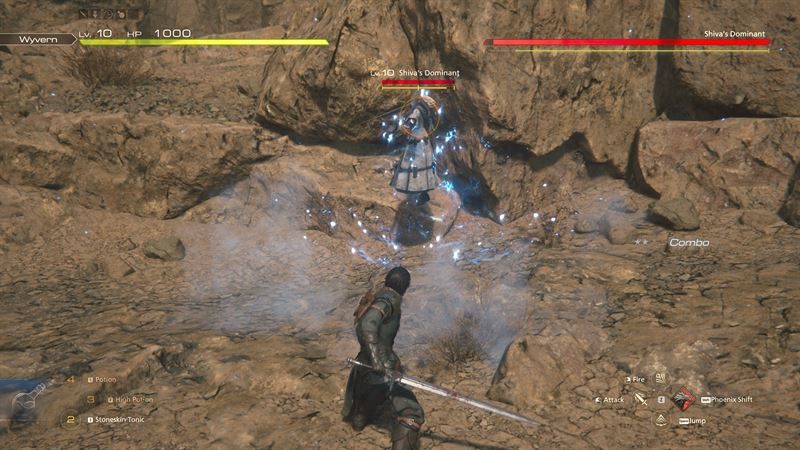
The story of the game is good, the events that take place are impressive, especially the scenes with the creatures of the Final Fantasy land, which we generalize as “Summon” and presented here as Eikon, are magnificent. However, I feel like they lost some of the essence of Final Fantasy in trying to make the storytelling too western. To put it simply, when something happens to any side character in this game, there is a level of deficiency that makes us think that we do not know the character enough to care about this situation.
Since I won’t give any spoilery information about the story, I’ll leave it at this. There’s a good story, the presentation is pretty good, and the side missions aren’t bad either. We see Clive’s various periods, starting from his youth, and witness his development. Although the introduction starts quickly, it is necessary to give some time for the main story to unfold.
The biggest problem for me with content like Game of Thrones is that when a lot of names and events are involved, I wonder “who was this?” ‘ he thought, going back to the past and doing research. Final Fantasy 16 found the solution to this. There is a guide that allows you to pause the cutscene while it is in progress and examine the important points of the plot in more detail. If you cannot remember who an important name was at that time, you can open the guide and look at it immediately in the game. It’s very useful and I used it a lot when I took a break from playing and came back.
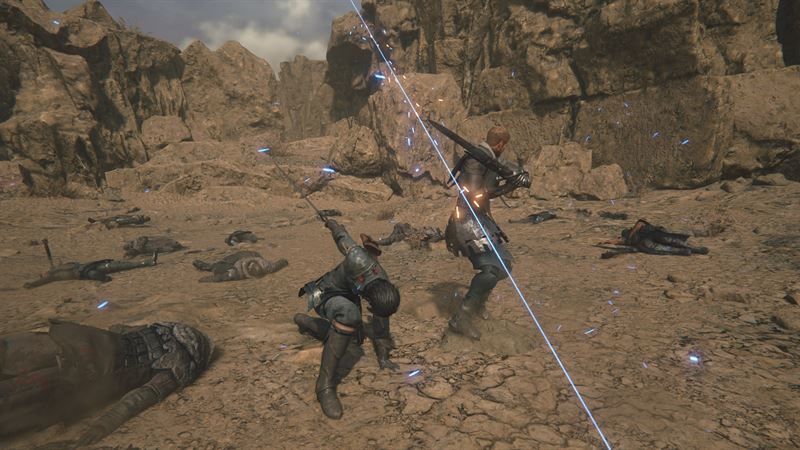
Gameplay
With Final Fantasy 16, we can easily see in the gameplay the efforts made to attract western players to the series. I have no complaints about the disappearance of the turn-based battle system, they had already started to implement it gradually and it was used very well in the 15th game. Here, however, combat has been accelerated, character development has been simplified, the party system has almost disappeared, and there is almost no world to explore.
To start with the fights, the pace of real-time action is much faster than in Final Fantasy 15 or Final Fantasy 7: Rebirth, and even works in a Hack’n Slash style rather than a role-playing game. When I played the demo, this speed seemed strange and I fooled myself by saying “styles take shape as new characters are added”. As new Eikon powers arrive, your style really takes shape, attacks and combos fly in the air, sometimes you use a gun instead of your sword… You continue to poke enemies with your unlimited magic, then you stick the Eikon power. If you’ve played Devil May Cry or Bayonetta before, it’s an action you’ll be familiar with.
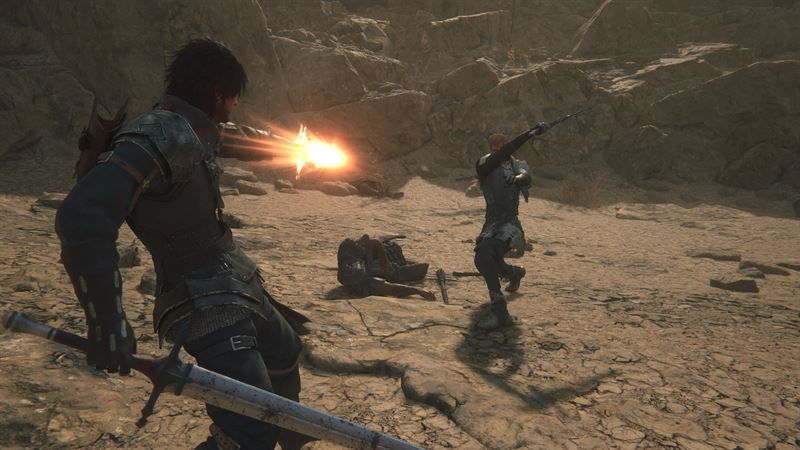
The most impressive battles of the game are the ones where we change into Eikon form and fight with other Dominant characters. Naturally, one wonders about the control of these. We control a huge Eikon and engage in one-on-one combat, and we even perform big attacks using QTA in scenes that look very good. Eikon battles are quite enjoyable.
Although the environmental design of the game is very nice, it is weak in terms of map designs. In fact, there seems to be no map design, we are progressing linearly in a world-like dungeon. They tried this before in Final Fantasy 13 and people were raving about it, I didn’t see too many complaints this time. In the 13th game, we were released after a certain point, but here we are even shown our destination with huge arrows so that we don’t get lost on the already flat maps. It may be the main Final Fantasy game that we’re most lacking in freedom.
Since we have already reviewed Final Fantasy 16 in detail, let’s not linger here longer and move on to the performance and graphics part that we are all waiting for.
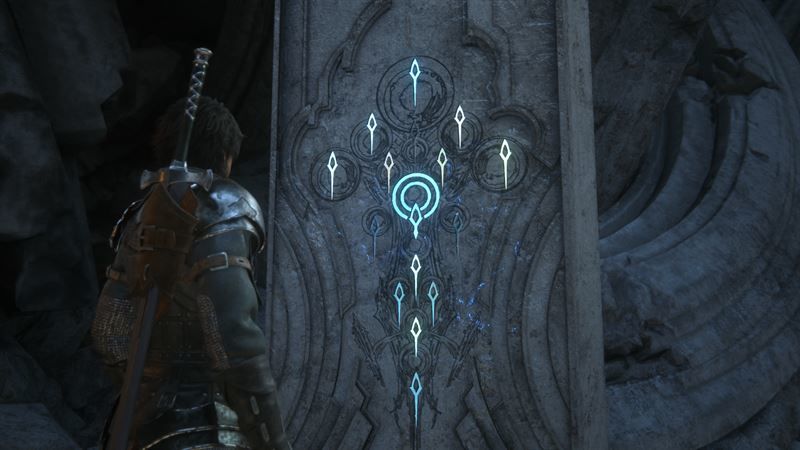
Visuality and Performance
Final Fantasy 16 looks great in both environmental design and character modeling. I’m not even talking about the “movie-like” cutscenes of the Final Fantasy series. The game is truly a visual feast, with scenes of the magnificent Eikon battles, detailed drawings of the outside world and settlements, and wonderful character models.
The recommended minimum system requirements to play the game include AMD Ryzen 5 1600 – Intel Core i5-8400 processor, 16GB RAM and an 8GB graphics card such as RX 5700 – Intel Arc A580 – GTX 1070. With this system, it is possible to play the game in 720p / 30 fps.
For those who want to play at 1080p/60fps, Ryzen 7 5700X – i7 10700 processor and RX 6700 XT – RTX 2080 graphics card are recommended. As the resolution increases, the graphics card and processor you will need also increases. I was able to play at 2K resolution with an average of 75fps on the system with 32 GB RAM, Ryzen 5 7600 processor and RTX 4070 graphics card. Of course, these are the values I got with DLSS3 support and all settings turned on. I also saw 45 in some heavy scenes.
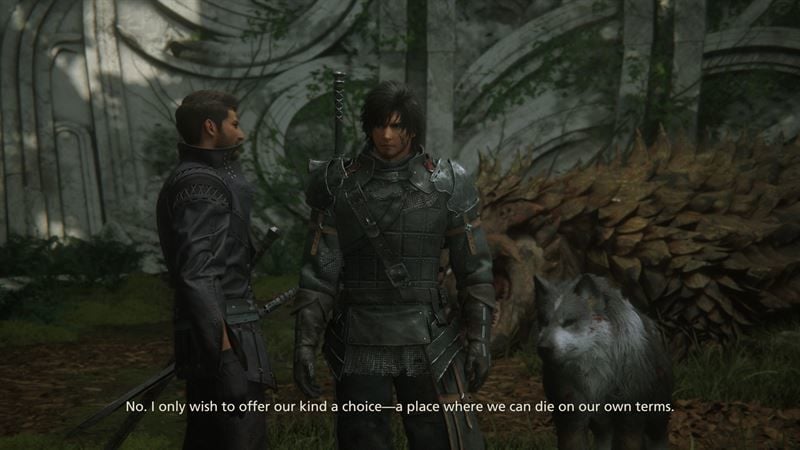
It is said that the game has some performance problems and fps drops even on high-end systems, but I do not have the information to confirm or deny these since I have not experienced any problems that would prevent me from playing the game. By the way, it is a bit annoying that the cutscenes have a 30fps lock. While playing smoothly, the fact that the cutscene that suddenly enters at 30 fps does not bother much in cinematic scenes, but it draws attention in scenes made with the in-game engine.
I liked the keyboard and mouse mechanism of the game, we can fight and move the character easily. But if you want to fully enjoy the game, Final Fantasy 16’s DualSense support is also available in the PC version. If you have a DualSense controller, you can use all the features of DualSense on your PC while playing with a wired connection.
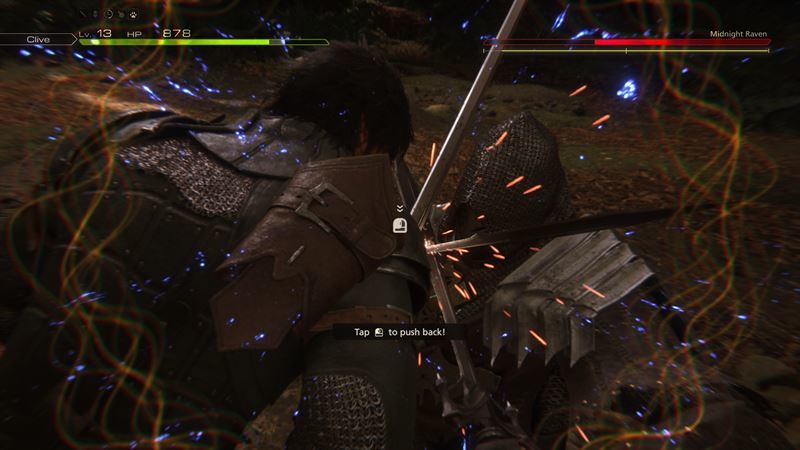
Conclusion
Final Fantasy 16 may have fallen short of my expectations as the main series Final Fantasy, but that doesn’t mean it’s a bad game. We have a good game with solid action, a gripping story, made for Hack’n Slash lovers, not JRPG lovers.
When we look at the PC port, we have a game that is suitable and works well for almost every system. Of course, the fact that all three DLSS3, FSR3 and XeSS 1.3 technologies are supported has a big impact on this. As it is, I am pleased that it is a port that looks much better and performs better than the problematic game I played on PlayStation 5.
Available on Steam with a price tag of $40 on Steam Final Fantasy 16, which is sold, offers a game where you can spend an average of 40 hours of quality time. The $60 Complete Edition allows you to play two additional packages that add approximately 10 hours of content. Note that you can also get this pack later with the $20 Expansion Pack.
